|
You’re right! I can’t seem to stay away from Sicily! Let’s face it; there is so much to explore! It is the largest island in the Mediterranean Sea and the second-largest wine-producing region in Italy (Puglia being first). Still, Sicily takes first place for the number of vineyards in a region. There is a multitude of wineries with over 70 indigenous grape varieties planted, as well as international varieties. I know I’m being repetitive with information, but my enthusiasm for Sicily keeps erupting. So I will tame the beast for now, and if you seek more information, please check out my “many” articles on Sicily from the menu on the right. Here are three more gems from this magical island to please your palate! Planeta La Segreta Il Rosso Sicilia DOC 2019
Planeta was founded in 1985, but its family history of agriculture and winemaking in Sicily spans five centuries and seventeen generations. Planeta has five estates spread out from east to west in Sicily. The grapes for this blend are sourced from the Menfi territory, which contains the majority of Planeta’s vineyards on the western side of the island. This wine is 50% Nero d’Avola, 25% Merlot, 20% Syrah, and 5% Cabernet Franc. Maturation takes place in stainless steel tanks. Nose: Red berries, spice, and cherry. Palate: A light and fresh wine with aromas continuing onto the palate with herbal notes and smooth tannins. Alcohol: 13% SRP: $15.99 Pairings: Appetizers, light pasta dishes, grilled salmon, chicken, or a veggie burger. Feudo Principi Di Butera Deliella Nero D’Avola, Sicilia DOC 2014 Principi Di Butera is a 320-hectare estate located in the southeastern part of Sicily, 10 kilometers from the sea, and sits on one of the most mineral-rich areas on the island. The Zonin family has owned the estate since 1997, and it surrounds an ancient feudal domain. This 100% Nero D’Avola is the premier cru produced by this estate, and grapes are sourced from a single vineyard. It is aged for14 months, 90% in barrels and 10% in second-use tonneaux. The wine is then aged for about one year in bottle. Nose: Dark cherry, red fruit, baking spice, and a touch of herbs. Palate: Beautiful and structured with notes of cherry, dark berries, and herbs with a perfect balance of minerality and acidity. A long finish with lingering notes of spice and cherry. Alcohol: 14% SRP: $89.99 Pairings: Appetizers, roasted white meat, stews, glazed duck, seared tuna, or aged cheese. Donnafugata Ben Ryé Passito Di Pantelleria Sicilia DOC 2017 The Rallo family owns the iconic Donnafugata, and their family history of winemaking dates back to 1851. They have several wineries and over 405 hectares of vineyards located throughout Sicily, including historic aging cellars at their Marsala winery. This is a naturally sweet wine made with 100% dried Zibibbo grapes sourced from vineyards on Pantelleria Island off the coast of Sicily. Nose: Rich notes of floral, figs, apricots, raisins, and honey. Palate: Aromas segue onto the palate with a hint of minerality and herbs, creating a gentle sweetness and savory perfection. The bonus is a long and intense finish. Alcohol: 14.5% SRP: $45 for a 375ml bottle Pairings: Enjoy as an aperitif or serve with cheese and dessert. No doubt I’ll be back soon with more selections to enjoy from Sicily! Until next time… Cheers! Penina To leave a comment or if you have an inquiry, please contact me at [email protected] Read my latest story for Santé Magazine. Click the link below. https://santemagazine.com/the-magic-of-donnafugata/ Until next time... Cheers! Penina To leave a comment or if you have an inquiry, please contact me at [email protected]
Many of us are longing to travel again. I know that I certainly am! I miss the excitement of exploring new places, tasting local cuisine, and sipping wine while walking through the vineyards. For the past year, and then some, we have all had to abide by “stay at home” orders and limited travel excursions. During the pandemic, I have been fortunate to be part of many Zoom tastings from around the world. I’ve met with winery owners and winemakers to taste their products from the comfort of my living room. Of course, it doesn’t compare to physically traveling, but it does allow my palate to be transported out of my home. I’ve been able to virtually experience the climate, soil, and history that awaits me in each glass of wine. Recently my palate took a trip to southern Italy, often referred to as the Mezzogiorno (Midday region) due to the intense sunshine at midday. Southern Italy is located in the lower part of the Italian “boot,” where some of Italy’s oldest and most important historical towns are located. The Adriatic Sea borders it on the east coast, the Tyrrhenian Sea on the west or Mediterranean coast, and the Ionian Sea to the south. Southern Italy is noted for its expression of quality wines produced throughout its wine-growing regions of Molise, Campania, Basilicata, Puglia, Calabria, Sicily, and Sardinia. Recently, an Italian wine magazine, Cronache di Gusto launched a wine competition called Sud Top Wine, dedicated to awarding southern Italian wines produced in Sicily, Puglia, Basilicata, Campania, and Sardinia. I received three of these awarded wines, two from Sardinia and one from Sicily. Quartomoro di Sardegna Vermentino di Sardegna DOC VRM 2016 Piero Cella, winemaker, and owner for Quartomoro, initially used the winery, which he bought in 2009, to experiment and test ideas to learn more about his grapes and wine. This lab eventually evolved into what it is today, “a workshop of ideas” where new wines are created. Piero has over 30 years of experience as a winemaker. This wine is 100% Vermentino sourced from the Marrubiu vineyards, where vines were planted in 1978. The wine spends two years in steel, of which 5% is in oak tonneaux. “This semi-aromatic white grape was introduced in Sardinia 150 years ago from the Iberian Peninsula via Corsica. In Sardinian, it is called ‘Axina de mesa’ or ‘Axina bionda’. The production of Vermentino has steadily increased since the 1960s, especially in Gallura (thanks to the DOCG appellation), becoming the most important Sardinian white grape variety.” Quartomoro The color of this wine is lemon yellow with vibrant aromas of floral, white stone fruit, spice, and citrus. The aromas segue onto the palate with a tapestry of minerality and a touch of floral. Nutty notes and lemon zest linger on the finish. Enjoy as an aperitif or with seafood, grilled chicken, and spicy Asian cuisine. Alcohol: 13.5% SRP: $30 Giuseppe Sedilesu Cannonau di Sardegna DOC Riserva Ballu Tunda 2015 Giuseppe Sedilesu is a family-owned and operated winery. It is internationally known for its production of Cannonau. Giuseppe founded the winery over 35 years ago, beginning with one hectare of vineyards. It has expanded over 12 times since then. Cannonau is a member of the Grenache family, but whether it is indigenous to Sardinia is debatable, especially among Sardinians! This wine is 100% Cannonau and made with organic grapes. Fermentation takes place spontaneously for 30-45 days in barrique at controlled temperatures. The wine is then aged in bottle for nine months before being released on the market. This wine is ruby red with aromas of red fruit and spice. The palate offers lush notes of raspberry, plum, sour cherry, herbs, spice, and balsamic notes with a hint of tobacco on the finish. It is beautifully balanced between sweet and savory. Serve with grilled meat, chicken, seared tuna, and aged cheese. Alcohol: 15% SRP: $45-$50 Cantine Pellegrino Pantelleria DOC Bianco Isesi 2018 Cantine Pellegrino was founded in 1880 and is based in Marsala. It is a family-owned and run winery that is now in its sixth generation. They have vineyards in four territories of Sicily, one of which is Pantelleria Island. Zibibbo (Muscat of Alexandria) is an indigenous white grape of Sicily and is primarily grown on Pantelleria Island. Zibibbo is made in both a sweet and dry wine. The grapes for this 100% Zibibbo wine are hand-harvested and aged for 12 months on lees in steel tanks. This is a dry and refreshing wine with a pale yellow color. The aroma is heavenly with honeysuckle and jasmine floral notes, white stone fruit, tropical fruit, and a hint of herbs. The palate offers white peach, apricots, herbs, mineral notes, and a touch of sapidity. Serve as an aperitif or with fish, light pasta, or appetizers.
Until we can all travel again, which I hope is very soon, let’s pour a glass of wine and let our palate do the traveling. Until next time… Cheers! Penina To leave a comment or if you have an inquiry, please contact me at [email protected] The moment had arrived. I closed my eyes and inhaled the perfume emanating from my glass and I was instantly carried off to the magical island of Pantelleria. Last spring I had the opportunity to visit with Donnafugata in Sicily. During my stay with them, we flew to Pantelleria Island for an amazing day of touring the Donnafugata vineyards where Zibibbo grapes are grown. Although the Zibibbo vines barely had buds yet, it was an impressive tour that stretched throughout the whole island and covered many districts. You can read all about it at: Day 575 Donnafugata A 360 Degree Tour http://thewineknitter.com/1/post/2017/05/day-575-donnafugata-a-360-degree-tour.html The “pour” in my glass that had me swooning was a Ben Ryé 2015 Passito de Pantelleria DOC, a naturally sweet wine made with 100% Zibibbo grapes. Since it was our first snowfall, I thought it would be fun to open this delicious dessert wine, inviting in a touch of the Mediterranean. The color is an intense amber with stimulating aromas of apricots, figs, raisins, floral and honey. All the aromas segue onto the palate offering a beautifully balanced wine with mineral notes and a hint of herbs. The combination of gentle sweetness and savory is perfection! This wine drinks beautifully as an aperitif or pair with cheese and dessert! Alcohol: 14.5% SRP: $40 for a 375ml bottle If you’re running out of gift ideas, think no further! This is a fabulous wine to add to your holiday list! Cheers! Penina To leave a comment or if you have an inquiry, please contact me at [email protected]
Perhaps my use of the term “magical” is played out, but I can’t seem to come up with a better description of the three days I recently spent as a guest of the Rallo family of Donnafugata in Sicily. This is not my first story about Donnafugata and their delicious wines, but it is my first visit to their wineries and vineyards at Contessa Entellina, Marsala and Pantelleria. With a family history of making wine dating back to 1851, Giacomo Rallo (fourth generation) and his wife Gabriella created Donnafugata in 1983. Giacomo, who sadly passed away in May 2016, is considered a pioneer of a new generation of modern winemaking in Sicily, seeking a quality-based approach to winemaking and promoting the island’s cultural heritage. His wife Gabriella is a pioneer in her own right, being the inspiration and author behind most of the Donnafugata labels. The labels are quite whimsical and pay homage to various works of art and literature. The name Donnafugata means “woman in flight” and refers to a piece of literature called “Il Gattopardo”. The story is about a queen who found refuge in the part of Sicily where the company’s vineyards are located today. This image and logo capture the very essence of Gabriella. In 1990, their children José and Antonio joined them at Donnafugata with José as head of management control & communication and Antonio as a dedicated agronomist, winemaker and head of the Consorzio Sicilia DOC. Together, the Rallo family has dedicated themselves to eco-sustainable management, biodiversity and paying special attention to their carbon footprint. My adventure began at Contessa Entellina along with three other journalists. In addition to seeing José Rallo again and meeting her spirited team of Baldo and Laura, I had the honor of being introduced to and spending time with Gabriella Rallo. After a lovely dinner and much needed sleep, we were ready to begin our tour of the vineyards the next day. Contessa Entellina is located in the heart of western Sicily. It is comprised of 270 hectares of vineyards and a 9 hectare olive grove. In addition to growing many indigenous grape varieties such as Ansonica, Grillo and Nero d’Avola, several international varieties are grown here as well. Grapes like Cabernet Sauvignon, Merlot, Chardonnay and Viognier are conducive to the climate of the Mediterranean. We had an in-depth tour of the vineyards led by Antonino Santoro, Donnafugata’s winemaker. He explained the pruning methods used, the more common being the spurred cordon pruning (leaving 6 to 10 buds per plant) and pruning with Guyot training which limits the vine’s lignified growth to the trunk. The vines grow in clay loam soil, which gives the grapes their unique characteristics. A slide show is below. In addition to our tour, we had the opportunity to sit with Antonino and José to taste the 2016 Anthilia and Sur Sur, the 2015 Vigna di Gabri and Sherazade and the Tancredi 2006 and 2012. All the wines were very good, but I especially enjoyed the Anthilia which is predominantly Catarratto grape. It has a beautiful fruity bouquet with a palate of stone fruit, soft citrus and the sea. The Vigna di Gabri is primarily Ansonica grapes. It has great intensity blended with herbal and citrus notes and a burst of floral on the finish. This is a wine that Gabriella wanted to create, believing in the “full-flavored fragrance” of Ansonica. This is a delicious wine! We had a delightful lunch outside while enjoying the beauty around us. A bottle of Kabir was opened at the end of the meal. This is a naturally sweet wine made with Zibibbo grapes, which I will be discussing when we land in Pantelleria. The wine is very aromatic with floral, citrus and stone fruit and herbs that carries over to the palate and is beautifully balanced. After lunch, I walked around the property with Gabriella as she proudly pointed out all the trees and bushes that she personally planted so many years ago. My admiration for her definitely accelerated! As you go through the slide show, I think you’ll see why. Before we said our good-byes to José, Gabriella and Antonino, José, who is also an accomplished singer, sang a little song for her mother. It was a very special moment. Here is the video… The other journalists and I departed with Laura and Baldo for our next stop to the ancient family cellars in Marsala where the bottling and aging process take place. On our way there we did a little scenic sightseeing and stopped at the Salt Pans located between Trapani and Marsala. These are Europe’s oldest salt marshes. In the photos, you can see the windmills that are used to drain the water from the pans. When we arrived in Marsala, we had just enough time to check into the hotel, freshen up and enjoy a complimentary glass of Marsala before heading to the Aging Winery with Baldo for a vertical wine tasting and dinner. When we arrived at the winery, we were met by Pietro Russo, winemaker. The historic cellars date back to 1851. It is a typical baglia layout with a dramatic courtyard. Wines produced at Contessa Entellina and Pantelleria are brought here for aging and bottling. The aging process takes place in steel, cement and wood (French oak). The underground barrique cellar was built in 2007 and is carved out of the tuff rock allowing for a reduction in the use of energy to maintain desired temperature and humidity. Tuff rock contains debris (ash) from volcanic eruptions. A slide show and video of the winery and cellar are below. This is a video of the underground Barrique cellar. Pietro led us through a vertical tasting of Chiarandà 2014, 2005 and 1996, Mille e una Notte 1996, 2008 and 2012 and Ben Ryé 2008 Limited Edition. The Chiarandà 2014 is made with Chardonnay grapes, whereas the 2005 and 1996 are made with Chardonnay and Ansonica grapes. The 2014 had more “fresh” fruit and was balanced with herbs and nice minerality. The 2005 was less fruity and more herb dominant. The 1996 Chiarandà had lost its edge, but there were still subtle notes of herbs and hints of muted fruit. The Mille e una Notte is made with Nero d’Avola and a small percentage of other grapes. The 2012 has a heady bouquet of lush fruit and spice. The palate offers layers of fruit with soft tannins and a long finish. The 2008 offers fresh cherries, spice and herbs. A touch of Syrah adds the softness and Petit Verdot rounds it out with medium tannins and licorice. The 1996 Mille e una Notte was showing its age. The color was leaning towards red/rust and the nose was indiscernible but fruit was present. The palate offered soft tannins, herbs and fruit. It was very drinkable! The Ben Ryé 2008 Limited Edition is made with Zibibbo grapes and is aged at least six years in the bottle before release. This naturally sweet wine embraces the palate with apricots and floral. It is rich and elegant as all the wines were that we tasted. Below is a slideshow of the vertical tasting and a sampling of our dinner that followed. The next morning we assembled in the hotel lobby at 7 am to catch a flight to Pantelleria Island. Baldo and Laura were our guides for the day. Below is a slide show of Pantelleria taken from plane. Pantelleria is a volcanic island situated between Sicily and Africa. It is about 35 miles from Tunisia. Donnafugata has a winery and 68 hectares of vineyards that are spread out over 14 districts. The districts differ in soil, altitude, exposure and age of plants. Zibibbo (Moscato d’Alessandria) is the wine variety grown. The name zibibbo comes from the Arabic “Zibibb” which means dried grape. Some of the plants are more than 100 years old. The vines are cultivated by hand, planted in a basin and trained to grow low and horizontally on terraces bordered by dry-built lava stone walls. This system of planting allows the vines to withstand the wind on the island. The soil is sandy and originates from lava, thus the term “volcanic soil”. Zibibbo is harvested for a whole month beginning in mid-August. The best clusters are laid down in the sun for drying. In September, the grapes are picked for use in making Kabir, Ben Ryé and Lighea that are made here. The winery is located in the Khamma district of the island in a natural amphitheater of 13 hectares of terraces. In addition to grapes, Biancolilla olives, capers and figs are grown. Lava stone can be seen throughout the island and there are many miles of stone wall on the winery property. Rain barrels collect water, kept in water tanks and are used to irrigate. We toured the winery and vineyards including a special vineyard with vines that are over 100 years old. The Giardino Pantesco was a special treat to see. It is a circular fortress made from lava stone that protects the most beautiful orange tree from the micro-climatic conditions of the island. We also visited other districts including the experimental vineyard in Campo Barone. The slide show below depicts various districts of the island and a few scenic moments. In addition to visiting the vineyards, Laura and Baldo took us on a little sightseeing adventure. We stopped at Lago di Venere, which is the crater of a former volcano. It is a popular spot for swimming, mud bathing and is known for its healing qualities. Sese del Re was intriguing. It is a 5000 year old monument constructed of rocks of lava with sepulchral chambers within. And no…I didn’t venture inside! We also saw the Elephant’s Arch, a rock formation that leads from the town of Tracino and out to sea. It looks like an elephant’s trunk dipping into the sea. The view is breathtaking! We ended the day with a leisurely lunch at La Vela, a wonderful seaside restaurant in Scauri Scalo resort. Of course, drinking Donnafugata wine complemented the meal! It was a perfect ending to a glorious day! Tired but happy, we boarded the plane back to Marsala where José was waiting to take us to a farewell dinner. My gratitude and a big thank you go out to the Rallo family for inviting me to be a part of the world of Donnafugata for a few days. Donnafugata produces high quality and elegant wines that express not only the uniqueness of the soil and climate of Sicily, but the wines also reflect the passion and dedication that goes into each bottle. I quote from their website “Every bottle of Donnafugata is a tale filled with emotion, a sensory fabric perceived in the mouth that remains in the heart and mind.” The next time you’re in a wine shop, pick up a bottle of Donnafugata wine and pour a little “Sicily” and “magic” into your glass. Saluti!
Penina |
Categories
All
|

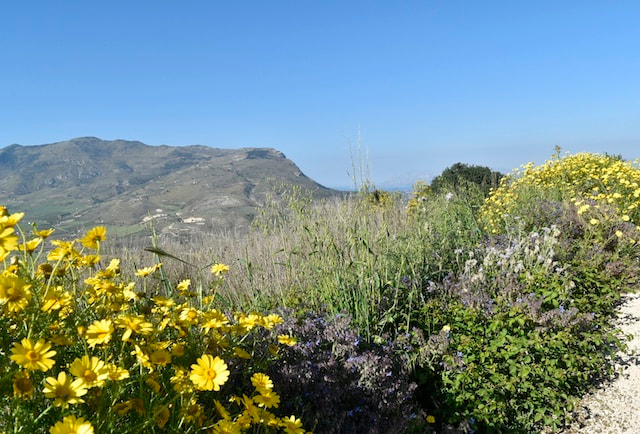
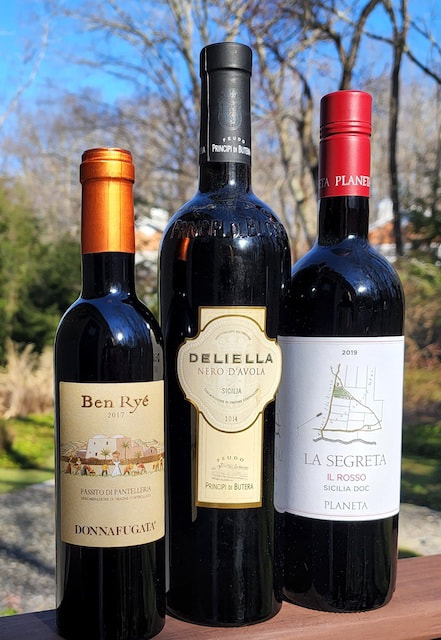
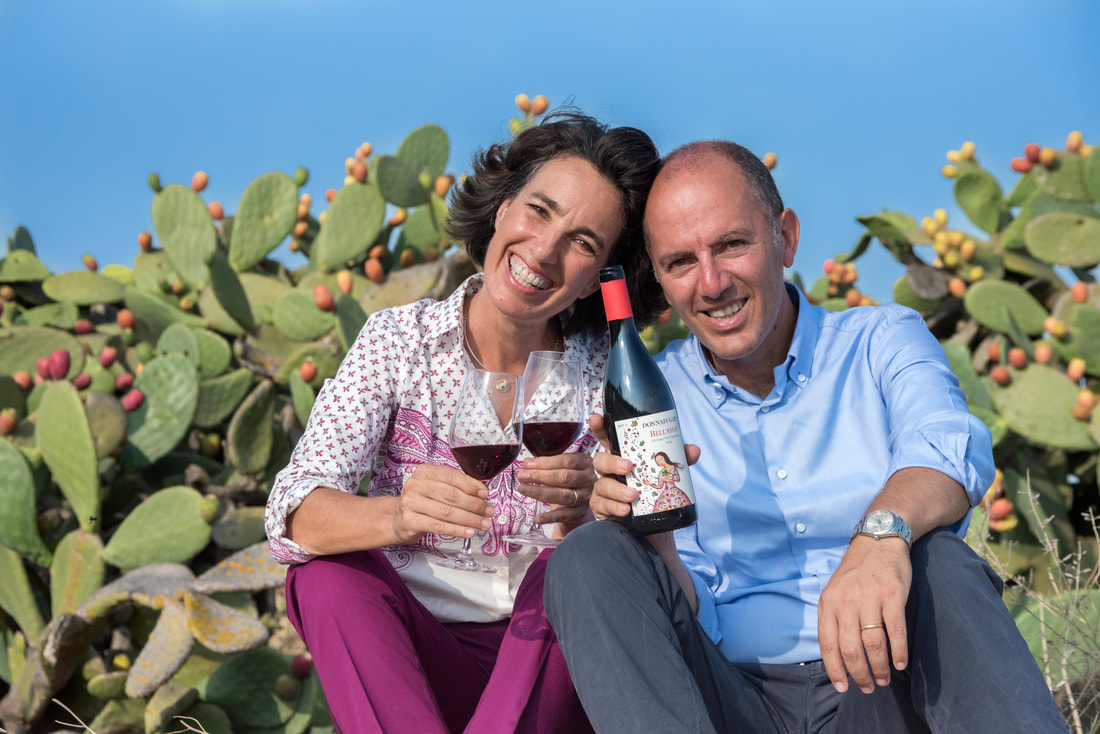
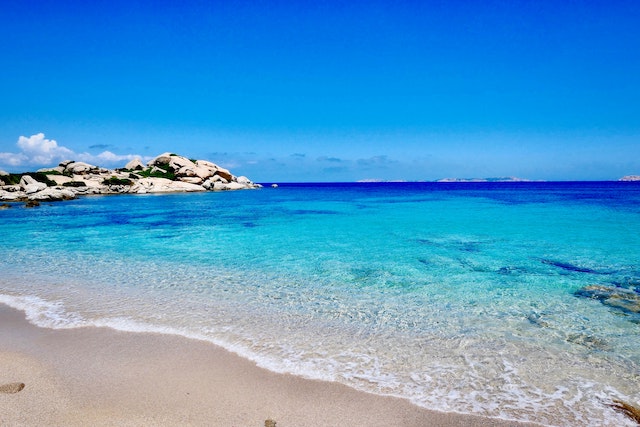
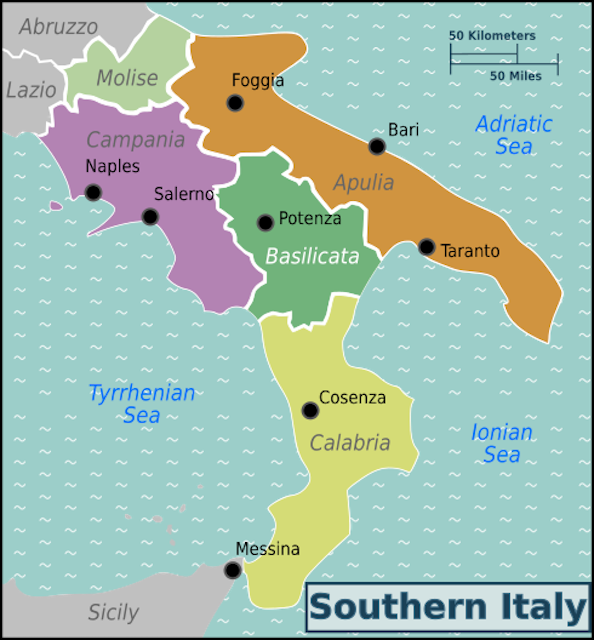
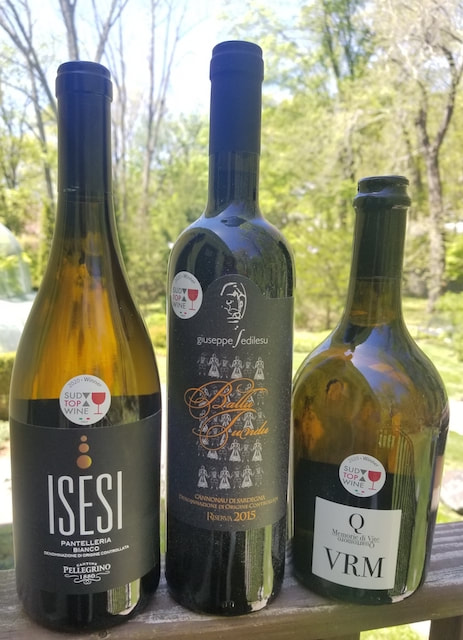

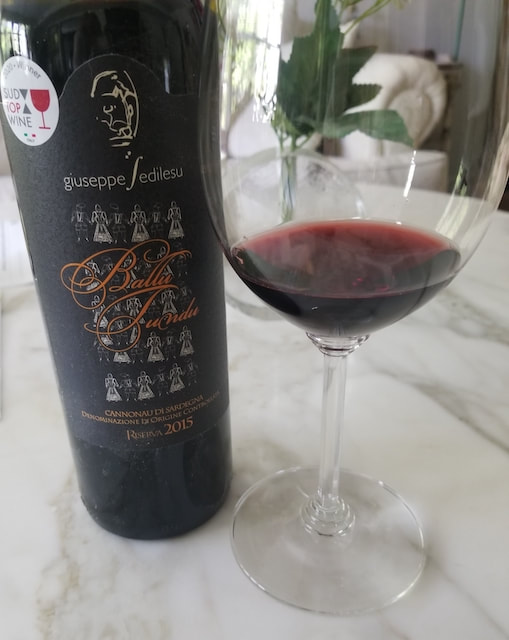
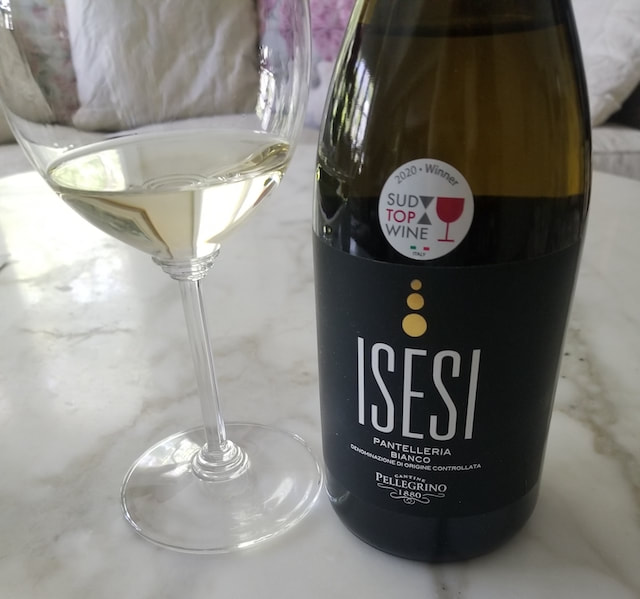
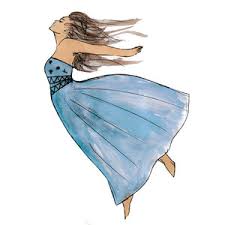
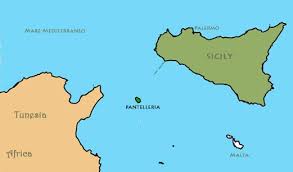
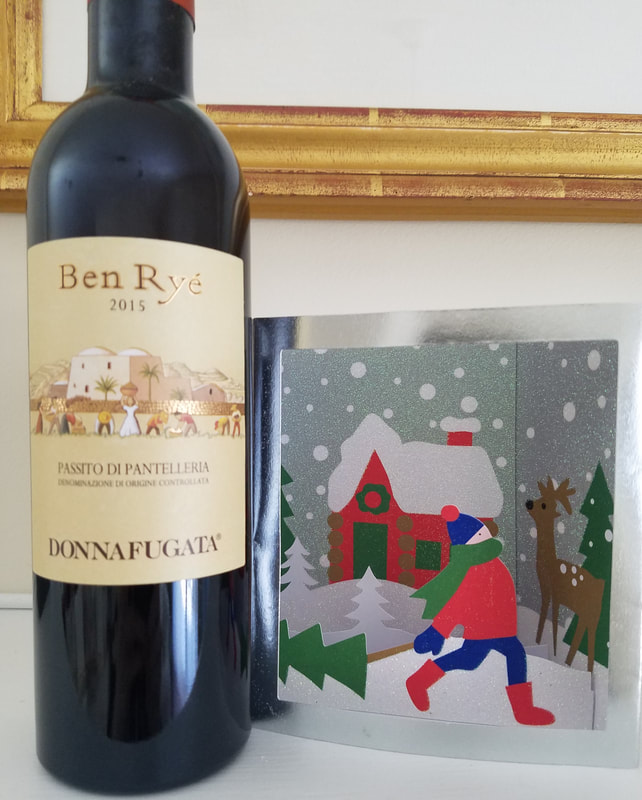
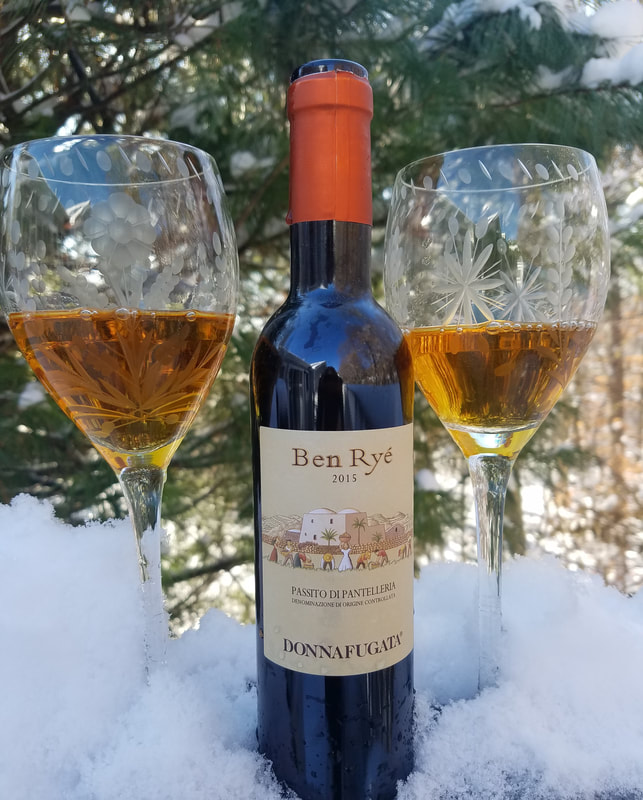
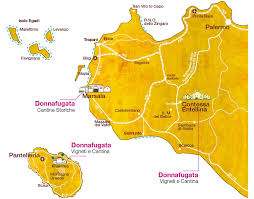
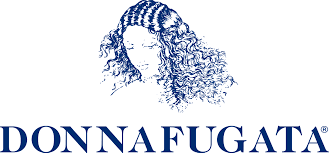
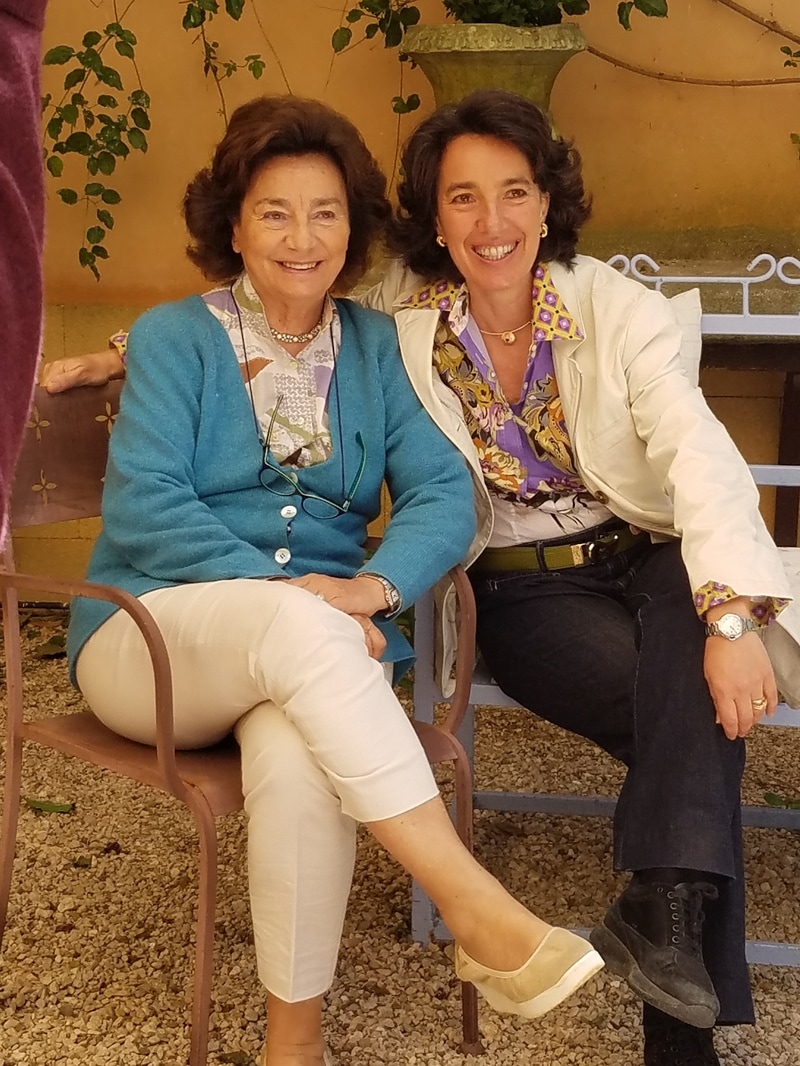
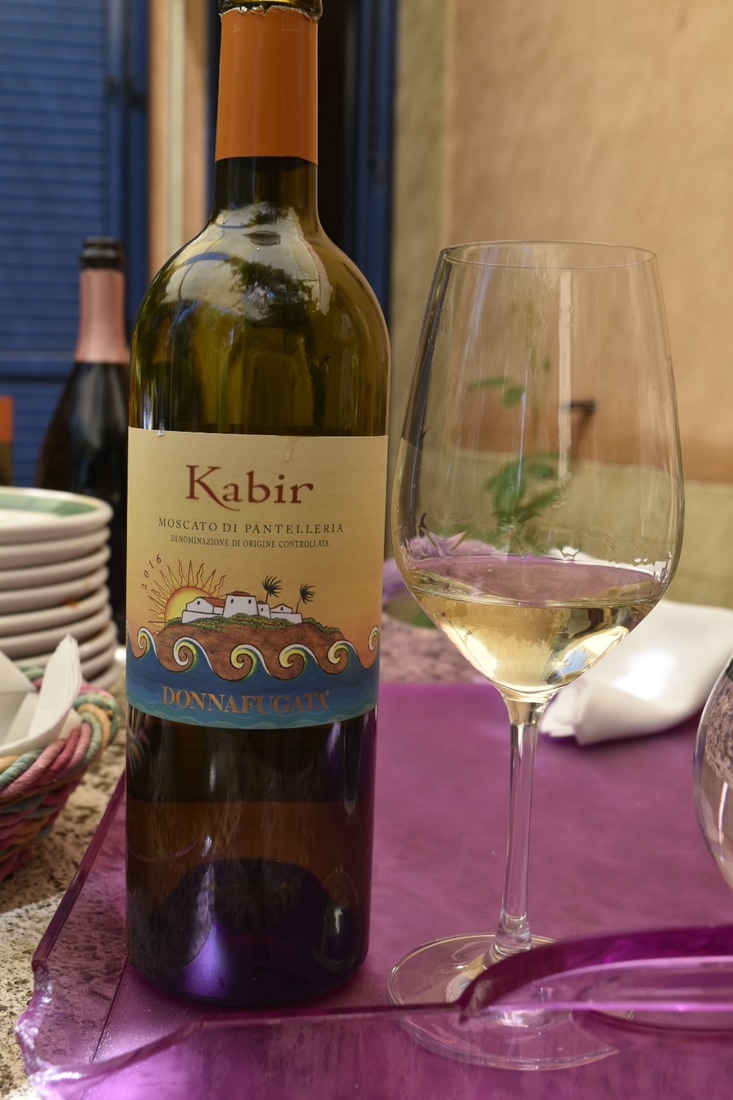
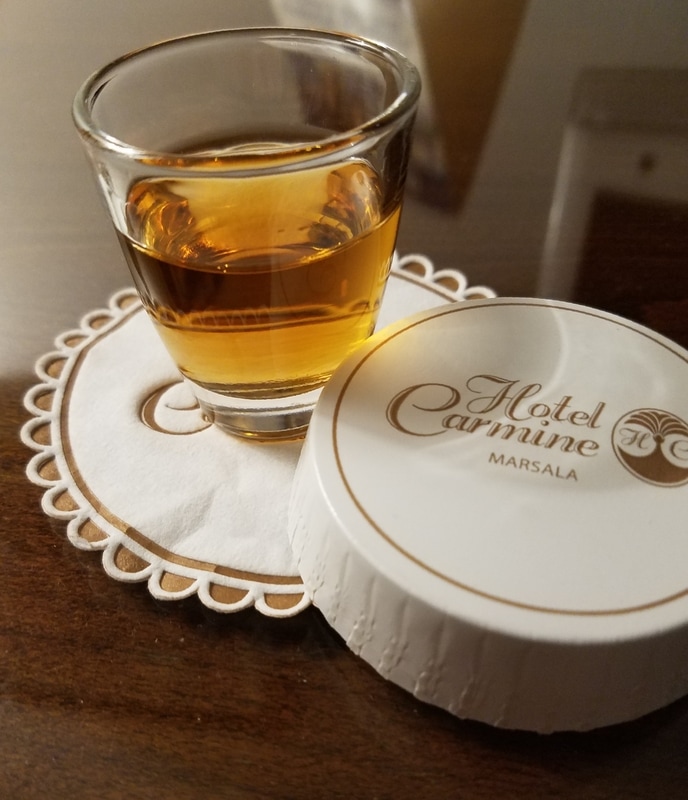
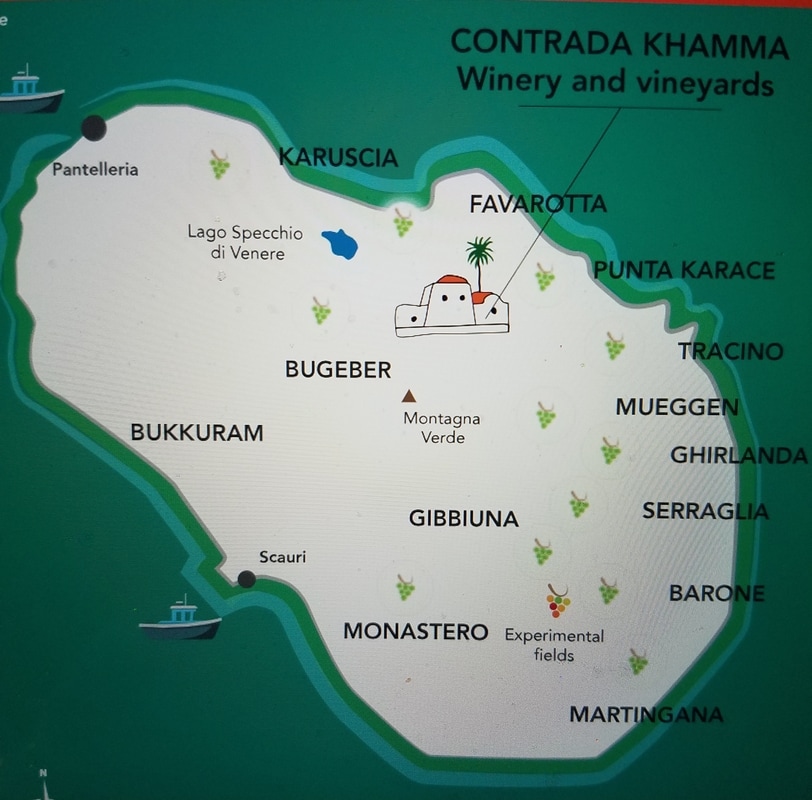
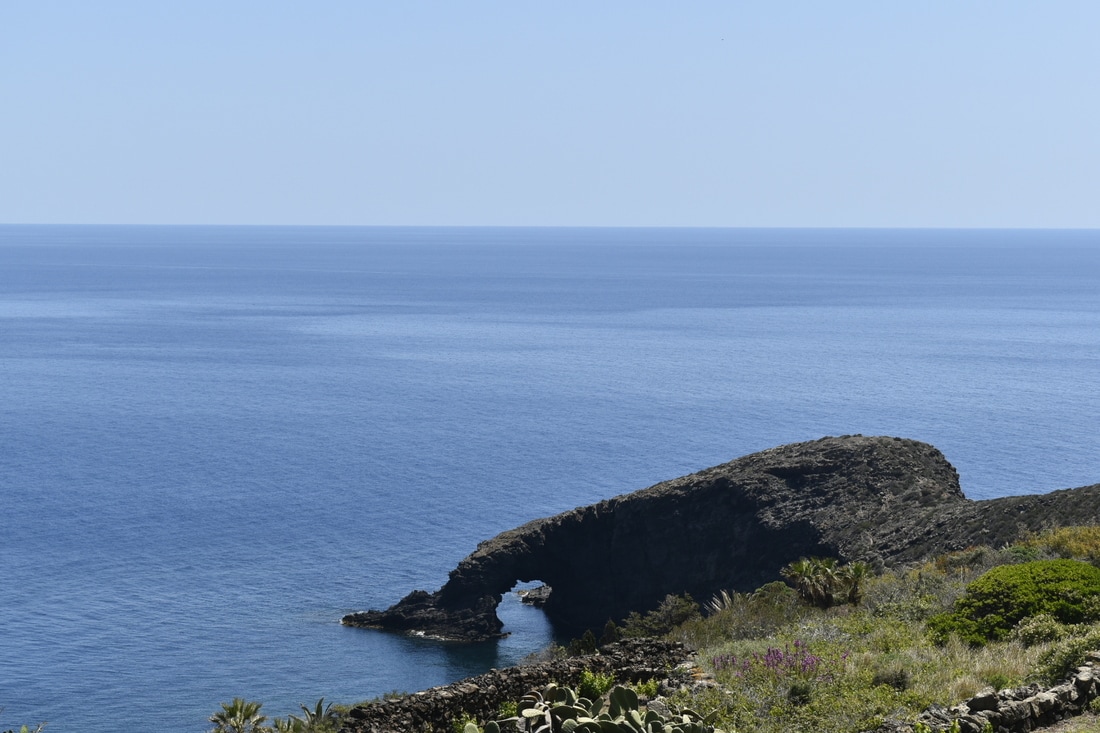
 RSS Feed
RSS Feed